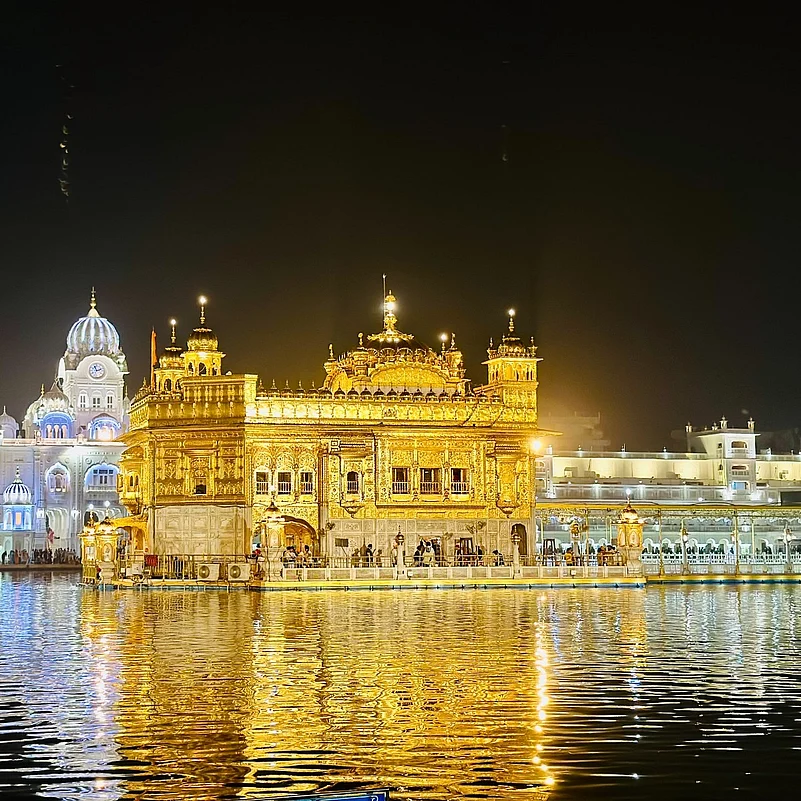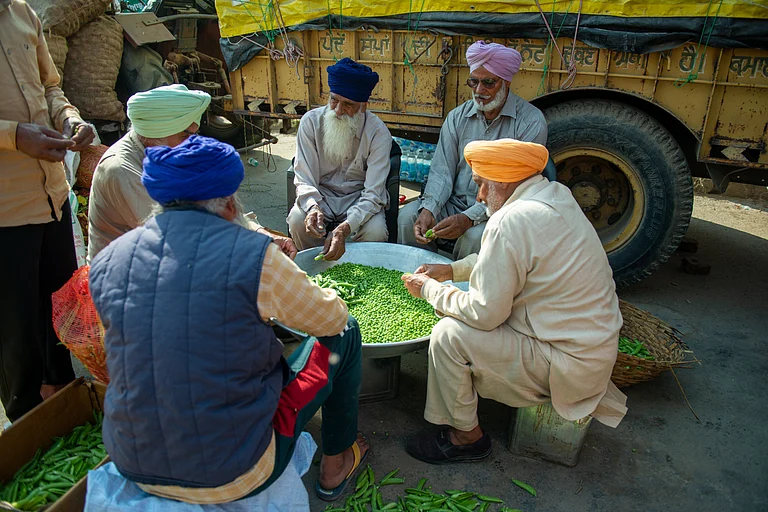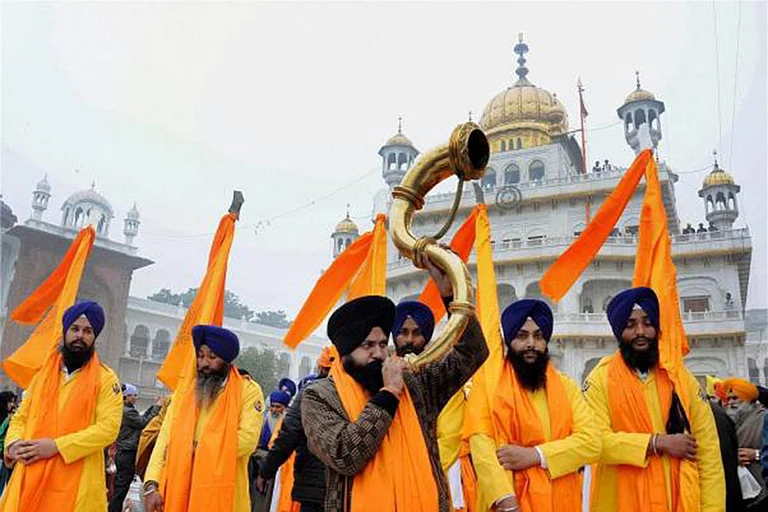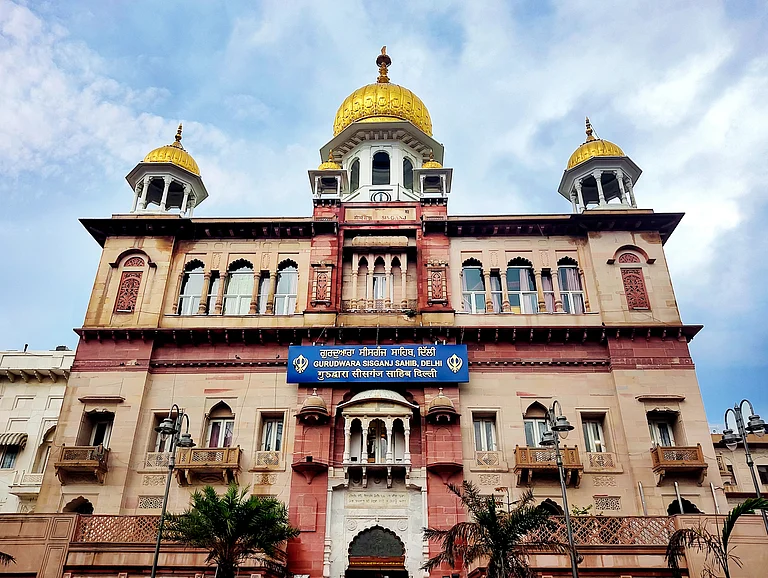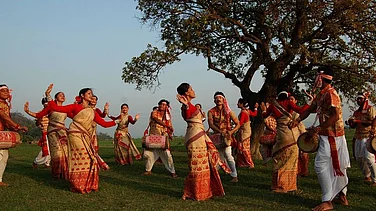Baisakhi fills the Golden Temple with devotion and celebration! Commemorating Khalsa Panth's founding and celebrating Sikh New Year, thousands of pilgrims from diverse backgrounds come together annually at this celebration of Khalsa Panth's founding. If this introduction intrigues you further, stay tuned in our next segment we will delve further into all aspects that make Baisakhi at Golden Temple truly remarkable!
Significance of Baisakhi at Golden Temple
Baisakhi at the Golden Temple marks not only Sikh New Year celebrations but also commemorates Guru Gobind Singh establishing Khalsa Panth in 1699 and marking a group of Sikh warriors dedicated to doing good deeds and standing up for what's right.
Guru Gobind Singh's founding of the Khalsa was an iconic moment in Sikh history and they honour its anniversary each Baisakhi as it marks a fresh new start like when farmers plant crops for harvesting. He created Khalsa because Sikhs were being mistreated under Mughal rule especially, Emperor Aurangzeb. The further inspiration came when Guru Tegh Bahadur, their ninth Guru was killed for standing against forced conversions to Islam.
Baisakhi, in addition to being a historic event, also marks a festival celebrating the spring harvest at the Golden Temple. Starting off with morning prayers, festivities include parades, martial arts demonstrations and performances that remind Sikhs about fairness, equality and treating all with dignity.
Early Morning Rituals at The Golden Temple
Amritsar is home to the Golden Temple or Sri Harmandir Sahib, considered by many to be one of the holiest Gurdwaras of Sikhism. Every morning from 2 - 2:30, devotees can attend an opening ceremony of its Kiwad (doors that lead into Shri Akal Takht Sahib). Once inside, this holy site offers plenty of opportunities for worship, prayers, and everyday activities.
Kirtan, also known as Amrit Vela, is performed early each morning during Amrit Vela by temple musicians and devotees singing Shabads from Guru Granth Sahib. The Kirtan is an announcement that the Guru Granth Sahib Ji will be entering the Darbaar (main hall).
Asa di Var is a collection of hymns that use Raag Asa for their melody. It serves as the opening verse at Darbar Sahib after Kirtan and plays an essential part in morning rituals.
At approximately 6:45 am, a verse from Guru Granth Sahib Ji titled Hukumnama will be read aloud, providing spiritual guidance for devotees. These rituals have deep-seated roots within Sikh traditions and should be observed during Baisakhi with great reverence.
Kirtans at The Golden Temple
Kirtan Darbars draw large crowds for devotional sessions that feature singing. Kirtan fills the air with harmonious sounds as Ragis lead the congregation in singing hymns from Guru Granth Sahib Ji.
These hymns are selected for their messages of devotion, moral values and God's unity. Kirtan highlights themes of gratitude, joy, courage and love of life during Baisakhi reflecting its historic significance which commemorates Guru Gobind Singh Ji's establishment of Khalsa.
There are live broadcasts, which allow devotees around the globe to experience the spiritual atmosphere of this occasion, even if they cannot be there in person. Kirtan at Baisakhi is believed to bring a feeling of bliss and divinity that unifies people through shared faith and devotion.
Nagar Kirtan at Golden Temple is an integral component of Baisakhi. This religious procession involves participants walking the streets singing Sikh hymns while following in the footsteps of Panj Pyare (Five Beloved Ones) and Guru Granth Sahib (the holy book of Sikhs), both sitting atop floats for participants to honour and honour each year during this religious parade.
Nagar Kirtan is an energetic and vibrant event that captures the true spirit of Baisakhi. People dressed in traditional clothing participate in its parade. Streets are decorated and filled with drumbeats and devotional music, and members of the community come together to celebrate heritage and faith.
Langar at The Golden Temple
At Baisakhi, Amritsar's Golden Temple comes alive with activity and devotion. Langar (community kitchen), offers free meals to visitors regardless of religion, caste, gender, wealth or background reflecting Sikh beliefs in equality and humanity being one.
On a typical day, the Golden Temple Langar feeds over 50,000 individuals. During special events and Baisakhi, this number increases exponentially to more than 100,000 individuals. Meals typically consist of rice, lentils, bread vegetables and chickpeas. Crispy jalebis may even make an appearance during Baisakhi! This service is entirely managed by volunteers engaging in selfless service (known as Sewa) 24 hours a day!
The Golden Temple features two community halls where everyone sits together on the floor to eat, signifying humility and community spirit. Langar was initiated by Guru Nanak Dev Ji and officially implemented by Sri Guru Amar Dass Ji. Over centuries it has served as an effective demonstration of Sikh values of service and solidarity.
Best Time to Visit Golden Temple During Baisakhi
April is an ideal month to visit the Golden Temple as Baisakhi falls on April 13 and 14. November to March brings ideal temperatures ranging from 13.5°C up to 26.9°C. Baisakhi makes the Golden Temple visit more enjoyable.
Respect the local customs and join in on the spirit of communality at the Langar where all visitors are served food for free. Langar is available 24 hours per day, to cater to the large number of visitors during the temple's opening hours.






